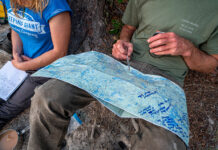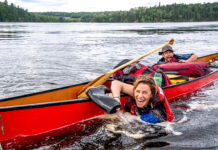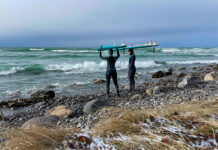We were approaching the river when we heard the screams.
A young hiker halfway through a remote four-day hike on the rugged Bay of Fundy coast had attempted to cross a storm-swollen stream. The grip on her Converse sneakers was no match for the strength of the now-raging river and she was swept downstream, trapped underneath her still-fastened, oversized pack.
By the time my hiking partner, Emma, and I got down to the river, the hiker had made it to the far shore some hundred meters downstream. Disaster averted, we thought.
Toeing the line between terrific trip and terrible disaster
As her two friends milled about helplessly on our side of the rocky shore they filled us in. The girl who’d been swept downstream couldn’t swim, they told us. Her pack was lost. She was lightly dressed on a cold and rainy day. She’s been hiking for two hours and hadn’t eaten anything that morning. Eventually starting to panic, one of the friends suggested she attempt to locate cell service and call 911.

An hour later, after the river began to drop, and Emma half-carried, half-swam the sobbing and shivering wisp of a girl back across the river, everyone warmed up around a campfire. When we asked the threesome whether they had a compass to assist with their now-necessary self-evacuation, the de facto leader of the group confirmed she did, only to be undermined by her friend who helpfully piped up to add, “But we don’t know how to use it.” The leader hissed back, “We have a book.”
Admittedly, the Atlantic Ocean provides an obvious navigational landmark. Yet, glancing between the still-shivering girl recovering in a down bag by the fire and the bloody cuts on the arms and leg of the third member, it was clear: this group didn’t have a clue. You shouldn’t be out here, I thought.
Everyone experiences misadventure—up to a point
I was reminded of this river rescue episode last November while standing on the dock of a big lake. It was blustery, sleeting and late afternoon. I was setting out on a weekend canoe trip. Standing in front of the wind whipped water, potential disaster scenarios played through my mind—capsize, rescue, death—each far more unlikely and serious than the last.
I was torn between caution—this was ill-advised paddling weather without a drysuit—and confidence we could handle the conditions. The thought kept playing through my mind: if something happened, others— myself—would have said the same: You shouldn’t have been out there. Were we so different?
Unlike my own methodical deliberating of the risks and potential outcomes, the threesome on the coastal hike had been blissfully unaware of just how unprepared they were to deal with an emergency. Yet, had it not rained and that hiker not been swept downstream they very likely would have completed their hike with only a colorful array of scrapes and bruises, and a hell of a story to tell.
When learning to live comfortably in the wilderness, we all experienced misadventure. Shoddy bear hangs, missed portage trails, inedible meals, inexplicable capsizes, leaking shelters, lost pride, situation mismanagement. The margin for error on beginner trips tends to be wider, the experience softer—rarely is anyone in danger of more than discomfort. Hopefully, by the time we push limits and the margin of safety constricts, we’ve gained the experience and skills to quell the sparks of a crisis before it feeds itself into a wildfire.
Kaydi Pyette is the managing editor of Canoeroots. Her blustery November trip was just fine, thanks.
Use misadventure management to avoid a disaster trip. | Feature photo: Peter Mather



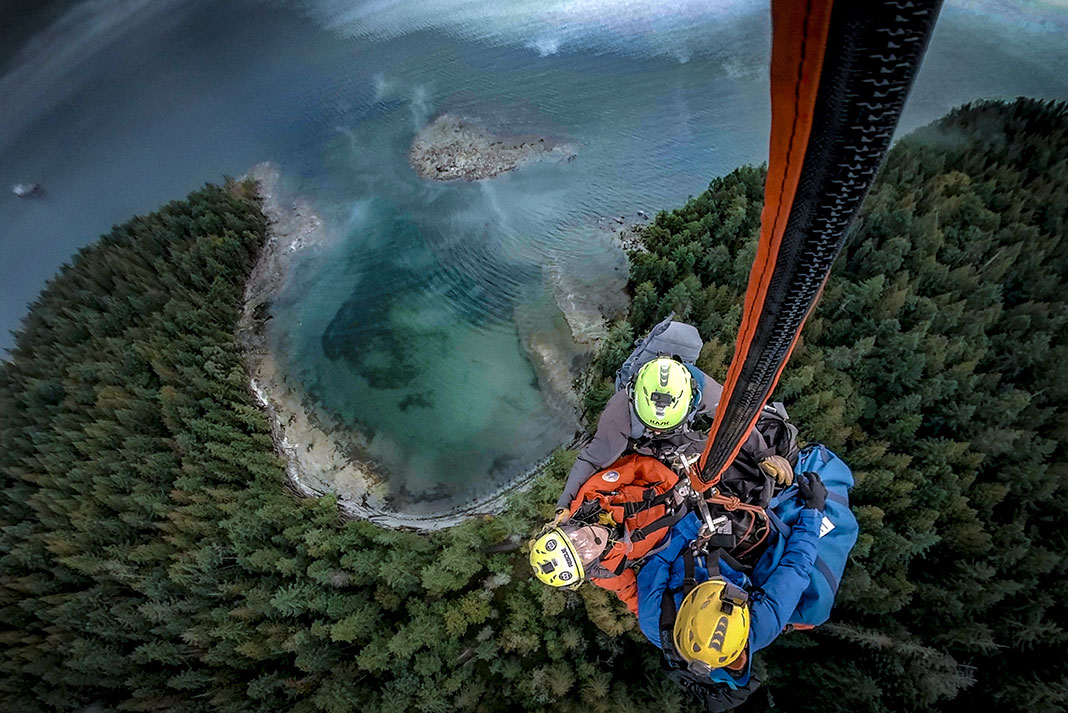
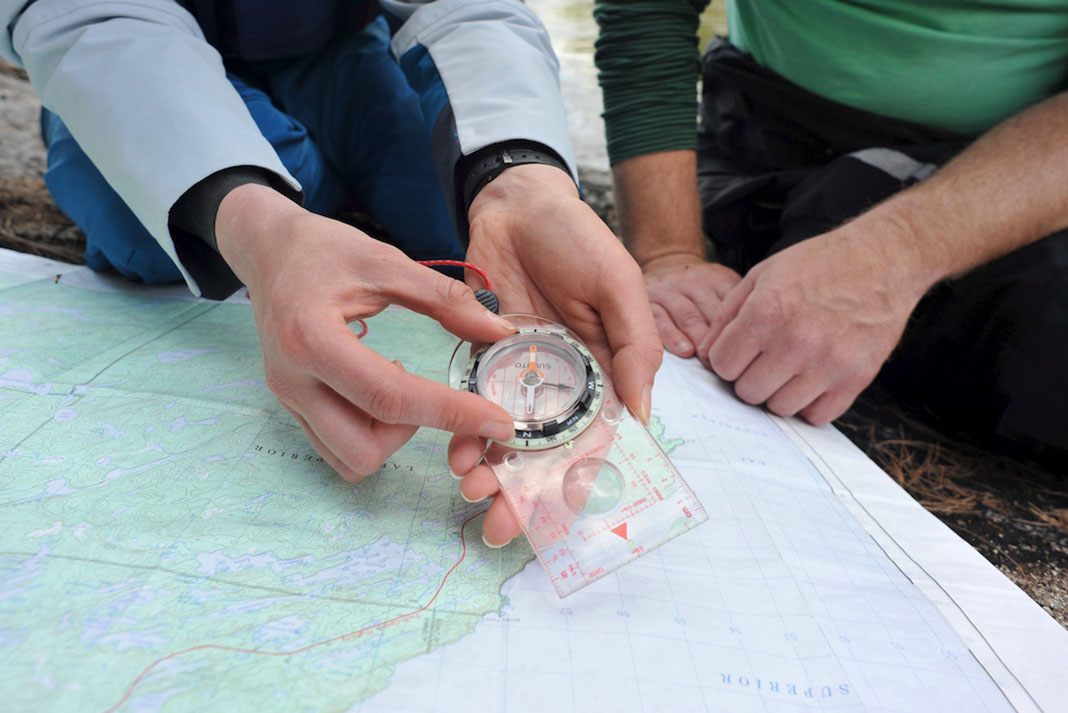
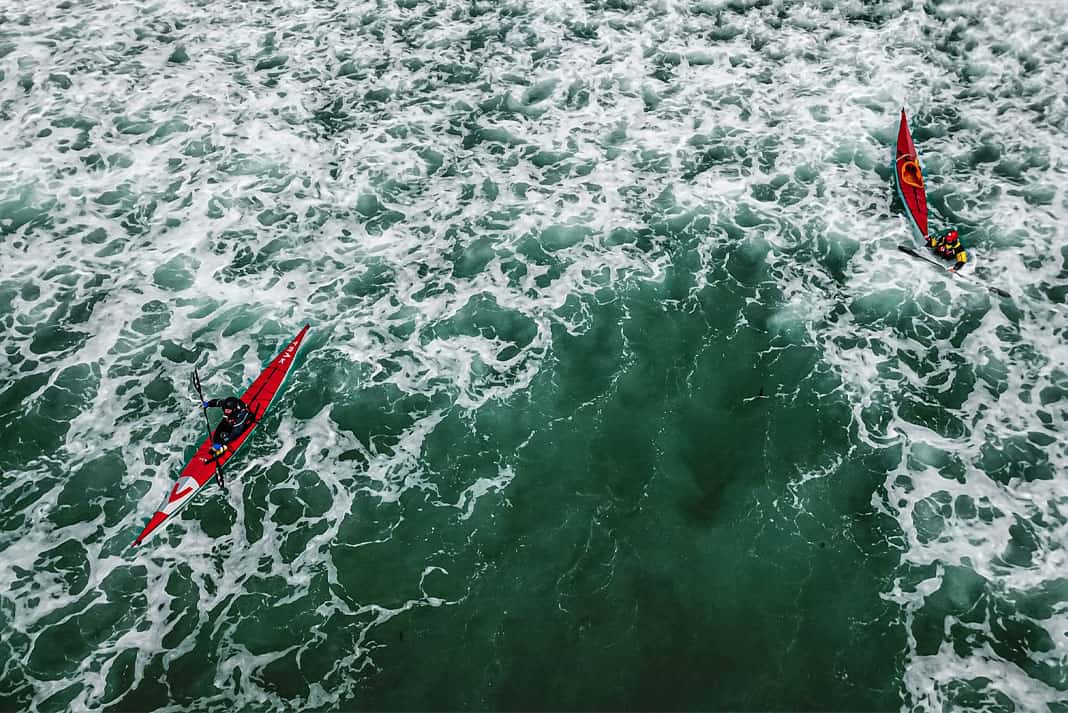
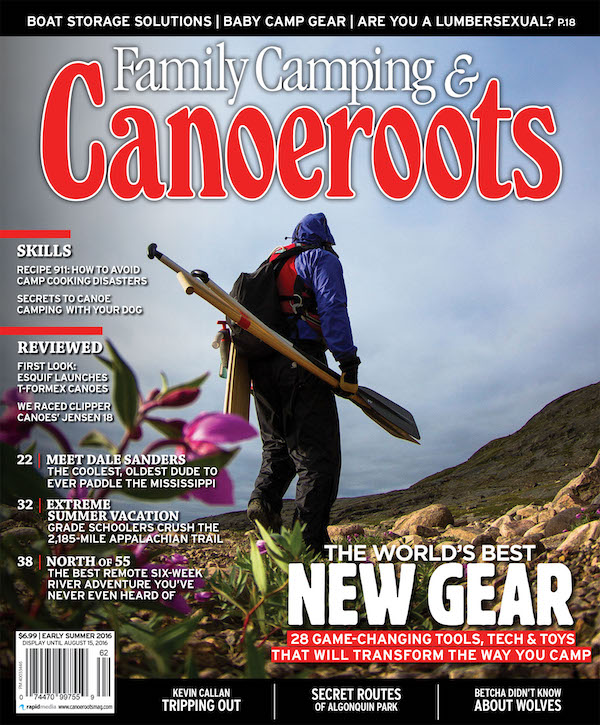 This article was first published in the Early Summer 2016 issue of Canoeroots Magazine.
This article was first published in the Early Summer 2016 issue of Canoeroots Magazine. 